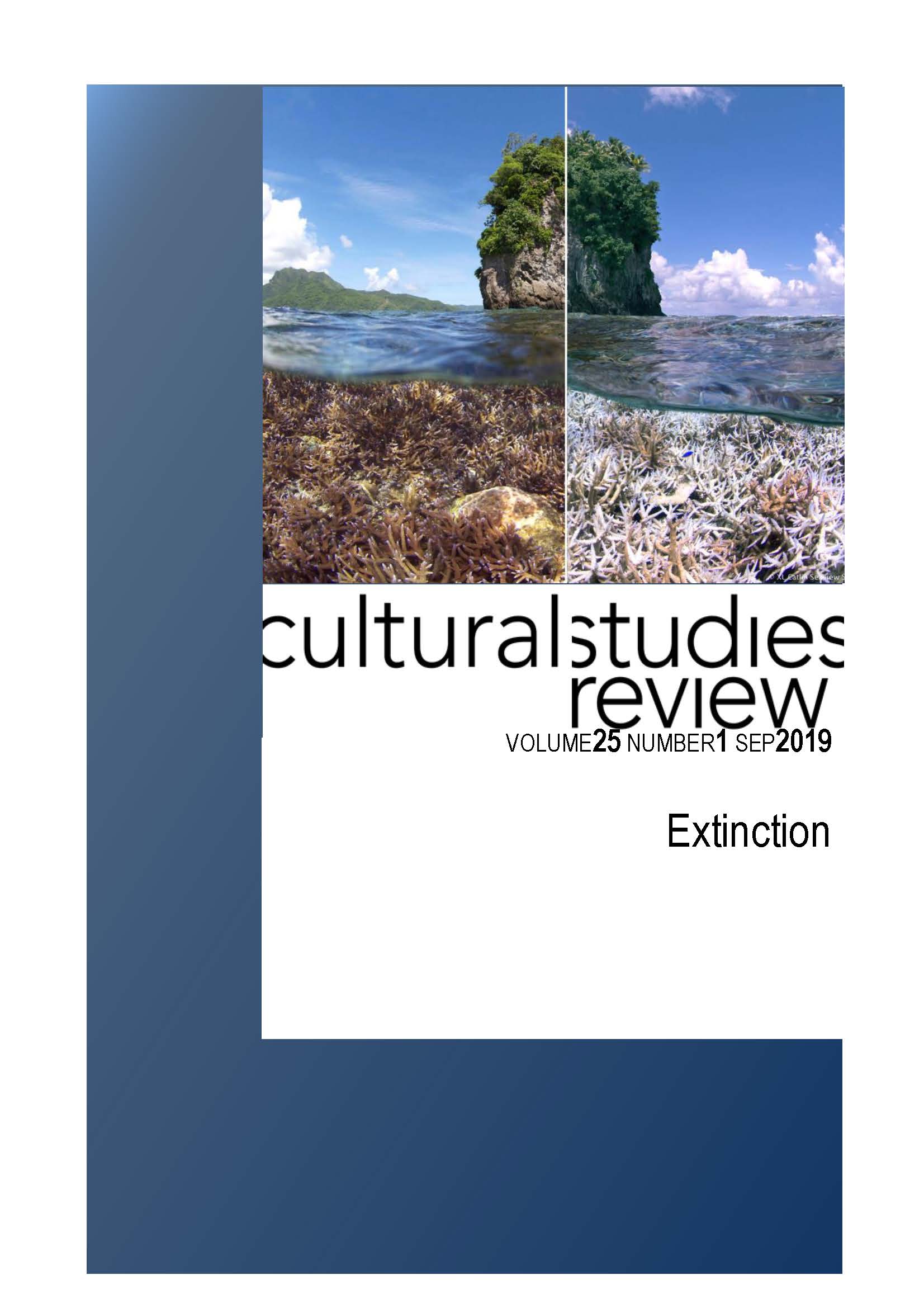Exceeding the Limits of Reconciliation: ‘Decolonial Aesthetic Activism’ in the Artwork of Canadian Artist Meryl McMaster
Main Article Content
Abstract
In this paper I consider whether, and if so how artistic creative uncertainty can facilitate processes of imagining new relationships between Indigenous peoples and settlers. Canada’s Truth and Reconciliation Commission’s model of reconciliation seems to promise improved Indigenous/settler relationships, yet many Indigenous scholars and allies question the efficacy of it as an approach to expedite relationship-building. For that reason, Indigenous critics like David Garneau suggest that alternate methods be deployed such as ‘decolonial aesthetic activism’ in order to build relationships that exceed the limits of reconciliation. Within this model, ambiguous, discordant, and indigestible artworks operate as one method by which we/settlers can become aware of how we are implicated in the structures of settler colonialism. I apply Garneau’s theory by conducting a close reading of the performative self-portraits by Meryl McMaster. My analysis reveals that art can put forward critiques of settler colonialism that unsettle assumptions, thereby creating new spaces for us to imagine worlds otherwise. Accordingly, I argue that McMaster’s art does have the potential to exceed the limits of reconciliation and conclude that critical engagement with her photographs is an important first step in the process that is decolonization, a process that exceeds the limits of reconciliation.
Article Details
Section
Authors who publish with this journal agree to the following terms:
a) Authors retain copyright and grant the journal right of first publication with the work simultaneously licensed undera Creative Commons Attribution License that allows others to share and adapt the work with an acknowledgement of the work's authorship and initial publication in this journal.
b) Authors are able to enter into separate, additional contractual arrangements for the non-exclusive distribution of the journal's published version of the work (e.g., post it to an institutional repository or publish it in a book), with an acknowledgement of its initial publication in this journal.
c) Authors are permitted and encouraged to post their work online (e.g., in institutional repositories or on their website) prior to and during the submission process, as it can lead to productive exchanges, as well as earlier and greater citation of published work (See The Open Access Citation Advantage Service). Where authors include such a work in an institutional repository or on their website (ie. a copy of a work which has been published in a UTS ePRESS journal, or a pre-print or post-print version of that work), we request that they include a statement that acknowledges the UTS ePRESS publication including the name of the journal, the volume number and a web-link to the journal item.
d) Authors should be aware that the Creative Commons Attribution (CC-BY) License permits readers to share (copy and redistribute the work in any medium or format) and adapt (remix, transform, and build upon the work) for any purpose, even commercially, provided they also give appropriate credit to the work, provide a link to the license, and indicate if changes were made. They may do these things in any reasonable manner, but not in any way that suggests you or your publisher endorses their use.
